In this article, I am going to comment on The Best Large Language Models To Check for 2025. Because of the evolution AI is experiencing, these models are powering everything from chatbots to research tools.
- Key Points & Best Large Language Models To Check List
- 10 Best Large Language Models To Check In 2025
- 1.DeepSeek R1
- 2.LLaMa 3.3 (Meta AI)
- 3.Mistral AI
- 4.Claude 3.5 (Anthropic)
- 5.Gemini Ultra 2 (Google DeepMind)
- 6.Command R+ (Cohere)
- 7.Falcon 2 (Technology Innovation Institute)
- 8.Wormhole AI
- 9.Mosaic ML MPT-30B
- 10.Qwen
- Conclusion
If you are a developer, business person, or a technology expert, knowing which ones are the best in the field enables you to use them more effectively.
Key Points & Best Large Language Models To Check List
| Model Name | Key Point |
|---|---|
| DeepSeek R1 | Open-source model excelling in multilingual and coding tasks. |
| LLaMa 3.3 (Meta AI) | State-of-the-art model with improved efficiency and open weights. |
| Mistral AI | Known for lightweight, fast, and open-weight models like Mistral 7B. |
| Claude 3.5 (Anthropic) | High reasoning and safety capabilities; strong at understanding nuance. |
| Gemini Ultra 2 (Google) | Multimodal AI model with powerful integration across Google’s ecosystem. |
| Command R+ (Cohere) | Retrieval-augmented generation optimized for enterprise-scale use. |
| Falcon 2 (TII) | Focused on high-performance open models backed by UAE’s TII. |
| Wormhole AI | Experimental, possibly focused on new architecture or networking methods. |
| Mosaic ML MPT-30B | Open-source 30B parameter model fine-tuned for stability and customization. |
| Qwen (Alibaba) | Multilingual model family from Alibaba, tuned for Chinese and global use. |
10 Best Large Language Models To Check In 2025
1.DeepSeek R1
DeepSeek R1 is the state of the art open source language model that has been tailored for optimal performance in code and multilingual tasks.
It was created with a focus on community participation, thus it is useful both for general purpose reasoning and specialized deep learning tasks.

DeepSeek R1 is proficient in many programming languages and exhibits strong comprehension within technical fields. Its flexible nature makes it valuable for many developers and researchers.
DeepSeek R1 is becoming popular among users looking for alternatives to commercial LLMs because of ongoing fine tuning and support for large scale deployment.
| Feature | Description |
|---|---|
| Open Source | Freely available for use and modification. |
| Multilingual Support | Handles a wide range of languages efficiently. |
| Code Understanding | Strong performance in programming and technical content. |
| Fine-Tuning Capability | Easily adaptable for custom tasks. |
| Lightweight Deployment | Optimized for accessible, low-resource use cases. |
| Active Community | Backed by developers and researchers contributing regularly. |
2.LLaMa 3.3 (Meta AI)
Meta AI’s LLaMa 3.3 is an advanced language model that significantly increases the performance of its predecessors. LLaMa 3.3 is a high level of reasoning, coding, and language processing model.
It applies state-of-the-art architecture and efficient training to a range of language tasks. As fully vetted, it is a darling to researchers and developers who value openness and freedom to modify. It’s been calibrated by Meta to be more aligned, less toxic, and more context-aware.
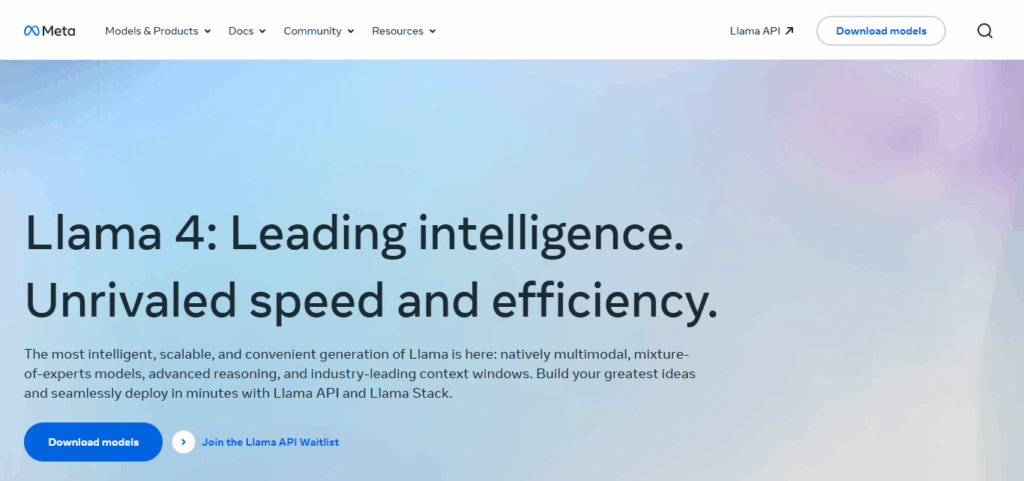
LLaMa 3.3 scales well for almost any usage scenario including academic research, commercial products, and everything in between. Everything from availability to efficiency makes it undoubtedly stand as one of the top models in 2025.
| Feature | Description |
|---|---|
| Open Weights | Fully accessible for academic and commercial use. |
| Efficient Architecture | Optimized for training and inference at scale. |
| Improved Safety | Reduces toxic and biased outputs. |
| Scalable Versions | Available in multiple sizes to suit different use cases. |
| High Benchmark Scores | Competitive performance across a wide range of tasks. |
| Contextual Awareness | Enhanced understanding of complex and nuanced prompts. |
3.Mistral AI
Mistral AI has focused on building compact, efficient models for quite some time now. They excel performance-wise when pitting them against larger systems.
The company’s focus with Mistral 7B and Mixtral was to produce fast, open-weight models with reasoning and natural language capabilities.
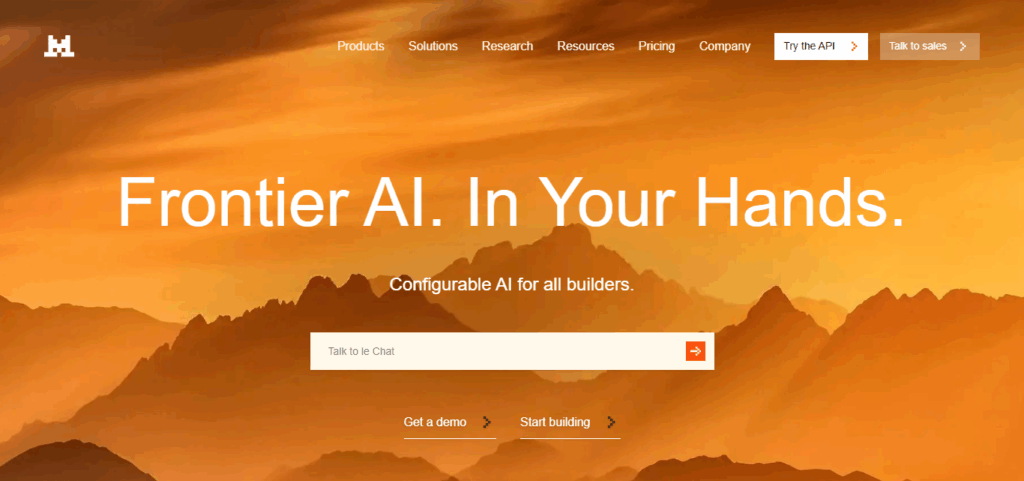
The intention was for these to work well on local hardware enabling developers outside big tech firms to use the models.
Accuracy is typically challenged by size, but Mistral maintains their benchmarks. Mistral is set to continue their innovation with scalable architectures blended with cost and performance ratio, solidifying their rank as lightweight high-performance LLMs.
| Feature | Description |
|---|---|
| Compact Models | Small models with performance rivaling larger ones. |
| Fast Inference | Optimized for low-latency tasks. |
| Open Weight Distribution | Freely available for developers. |
| Modular Architecture | Designed for composability and experimentation. |
| Cost-Effective Deployment | Suitable for local and low-budget use cases. |
| Strong Reasoning | Performs well on reasoning and logic-heavy benchmarks. |
4.Claude 3.5 (Anthropic)
Claude 3.5 is an advanced model AI from Anthropic focused on improving safety, explainability, and dependability.
This model further expands the capabilities of the Claude 3 family by incorporating enhanced dialogue comprehension, reasoned analysis, and common-sense interpretation, along with natural speech generation.

Claude 3.5 stands out for its human-like responsiveness to nuanced queries and complex instructions. Unlike its predecessors, Claude 3.5 is guided by Anthropic’s “constitutional AI” framework, which amplifies the model’s ethical conduct.
Performing strongly in assertions obeying multi-turn dialogue and factual accuracy, Claude 3.5 works best in multi-turn conversations for professional, educational, or enterprise settings where verified information is crucial, underscoring the importance of safety and trust.
| Feature | Description |
|---|---|
| Constitutional AI | Aligned with ethical and safety guidelines. |
| Advanced Reasoning | Handles complex instructions and abstract queries. |
| Multi-turn Dialogue | Excels in long, context-heavy conversations. |
| Low Toxicity | Focused on safe and respectful outputs. |
| Human-like Tone | Natural and coherent language generation. |
| Enterprise Ready | Trusted by businesses for sensitive or professional use. |
5.Gemini Ultra 2 (Google DeepMind)
Google DeepMind’s flagship model for 2025 is Gemini Ultra 2, which features powerful multimodal abilities and deep integration with the Google ecosystem. The model’s text, image, and code generation and processing versatility makes it applicable across a variety of fields.
Gemini Ultra 2 is capable of advanced reasoning, multilingual processes, and interactive content creation. Fast response times and dependable performance are a result of DeepMind’s infrastructural resources.
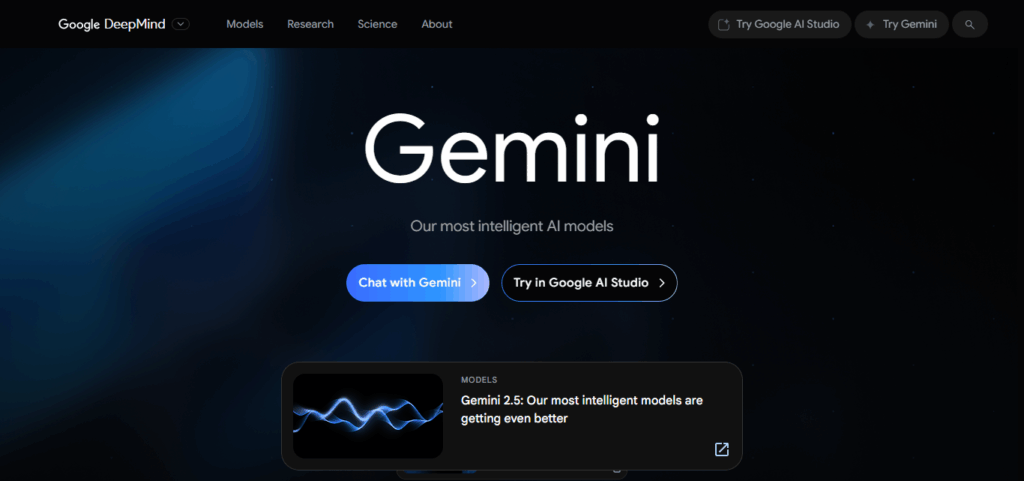
Google Workspace and Android are integrated with the, providing users with the utmost convenience. It leads the AI field with structural AI system innovation regarding safety, performance, and utility.
| Feature | Description |
|---|---|
| Multimodal Capabilities | Processes and generates text, images, and code. |
| Google Ecosystem Integration | Deeply embedded across Google products and tools. |
| High Reasoning Power | Strong performance on logic and problem-solving. |
| Multilingual Intelligence | Supports global users across various languages. |
| Context Expansion | Maintains coherence over long prompts and documents. |
| State-of-the-art Safety | Built-in measures to reduce hallucinations and bias. |
6.Command R+ (Cohere)
Cohere Command R+ is a pioneering retrieval-augmented generation (RAG) model tailored to enterprise-grade tasks with high factual accuracy requirements. Its document reasoning and retrieval capabilities are optimized, resulting in more accurate and recent responses.
Command R+ performs particularly well in precise and traceable tasks such as customer service, research, and knowledge management. It offers multilingual support for queries and custom integration with proprietary data systems.
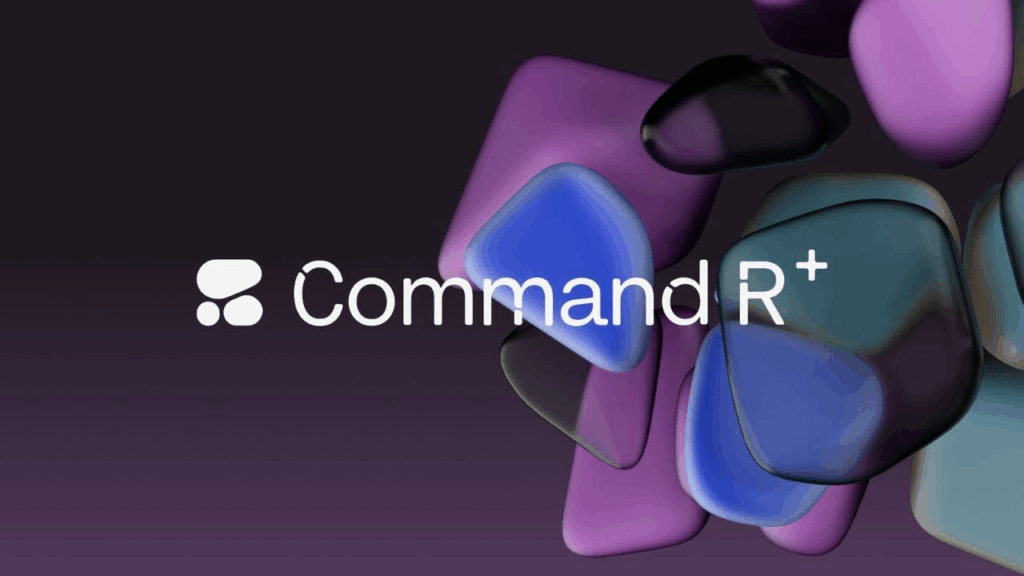
Through open architecture with accessible model weights and features, robust API control, and responsive documentation, Command R+ becomes a 2025 market preference for businesses looking to build custom AI solutions without relinquishing oversight.
| Feature | Description |
|---|---|
| Retrieval-Augmented Generation | Combines LLM with external document retrieval. |
| Multilingual Support | Effective across numerous global languages. |
| Customizable via API | Designed for enterprise-level adaptation. |
| Factual Accuracy | Grounded outputs with traceable sources. |
| Open Weights | Supports transparent usage and model evaluation. |
| Knowledge Integration | Ideal for business documents and proprietary data sources. |
7.Falcon 2 (Technology Innovation Institute)
Falcon 2 is a recent product of the UAE’s Technology Innovation Institute (TII) with a focus on open-source AI. This model improves on its predecessor with enhanced efficiency, increased support for other languages, and improved performance on logical reasoning tasks.
Falcon 2 is ready for wide-ranging adoption and is used throughout academia, government, and the enterprise sector. It has open architecture and ample documentation, enabling modification with minimal oversight.
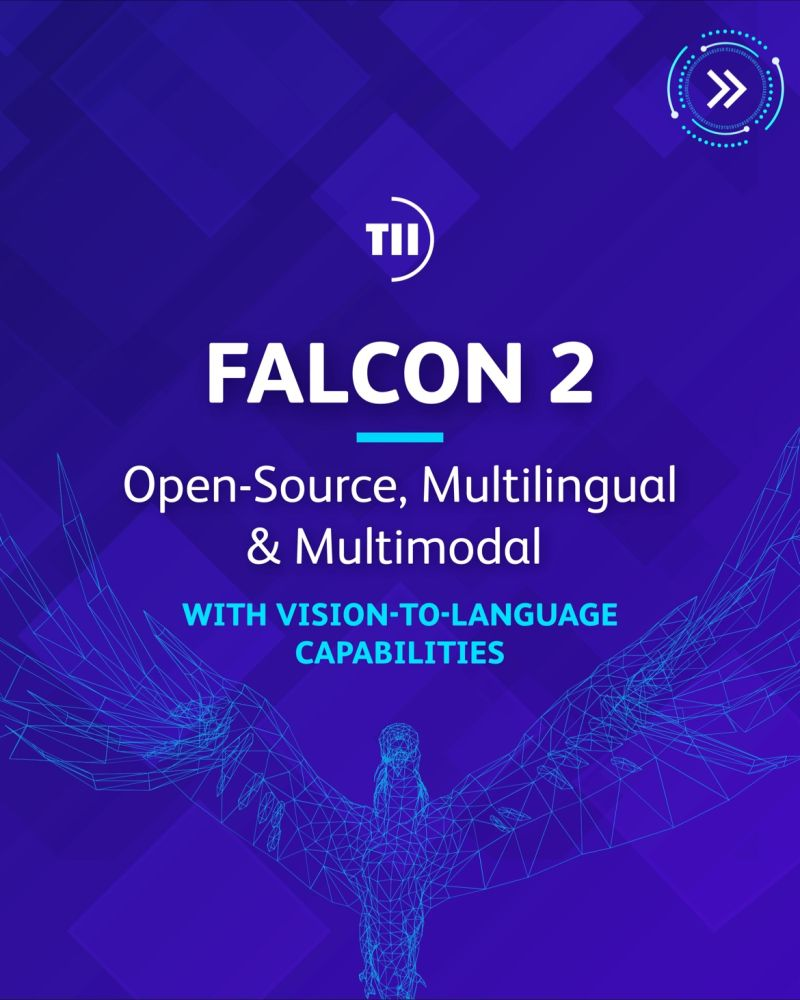
Its balanced framework permits rapid use without sacrificing sophistication and detail. Falcon 2 underscores the UAE’s emerging advances in global AI innovation.
| Feature | Description |
|---|---|
| Open-Source and Transparent | Freely accessible with comprehensive documentation. |
| Multilingual Competence | Strong support for languages beyond English. |
| Efficient Architecture | Designed for scalability and real-time applications. |
| Government and Academia Use | Trusted by public sector and researchers alike. |
| Enhanced Reasoning | Performs well on benchmarks requiring logical depth. |
| Broad Applicability | Suited for education, research, and business. |
8.Wormhole AI
Wormhole AI is an enigmatic yet promising emerging entrant in the 2025 LLM competition, purportedly centered on innovative neural designs and sophisticated training methods.
While details are sparse, insights from the community indicate that Wormhole AI may be working on cross-model interaction frameworks or, at the very least, some quantum-inspired design principles.
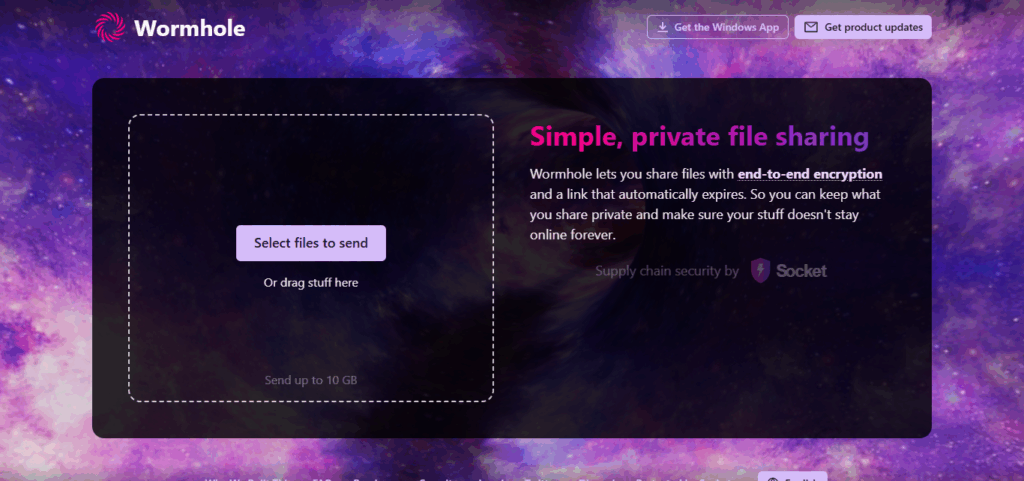
Reasoning depth and memory retention during lengthy conversations is the likely focus of augmentation for this system. If true, Wormhole AI would likely shift the paradigm of reset, traditional transformer-based model dependence.
As anticipation rises, researchers have started paying greater attention to Wormhole AI and its ability to fundamentally change the structure of how LLMs are designed and tuned.
| Feature | Description |
|---|---|
| Experimental Design | Possibly uses novel neural or hybrid architectures. |
| Cross-Model Interaction | May feature advanced inter-agent communication abilities. |
| Long-Term Memory | Early indicators suggest improved memory retention. |
| Research-Oriented | Focused on advancing foundational AI concepts. |
| Emerging Ecosystem | Gaining attention from AI developers and theorists. |
| Unconventional Training | Could include quantum-inspired or dynamic learning techniques. |
9.Mosaic ML MPT-30B
Mosaic ML’s MPT-30B is a proprietary model-with a robust open-source 30 billion parameter mark- set in a scalable modular framework tailored for custom enterprise applications.
It is designed with an emphasis on achieving and providing transparency, reproducbility and control to the users which embodies the spirit of Mosaic ML’s mission of making access to powerful AI available to everyone.
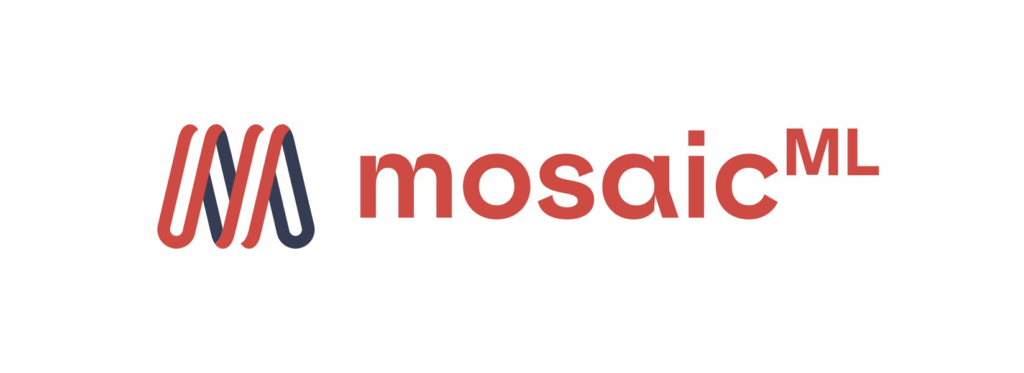
The MPT-30B is benchmarked excelent at reasoning, summarization and even coding tasks. Its architecture allows for downstream and domain-specific, fine-tuning proving to be useful for many organizations needing tailored AI services.
MPT-30B is quite popular among the tech community and has also received wide acclaim for its supportive tools and integration with leading ML platforms making it a reliable alternative to well guarded models from tech industries.
| Feature | Description |
|---|---|
| Open-Source 30B Model | Large-scale model designed for general use. |
| Fine-Tuning Friendly | Easily customized for domain-specific tasks. |
| Cost-Optimized | Designed with efficient training and inference in mind. |
| Transparent Infrastructure | Full reproducibility and open benchmarks. |
| Enterprise Integration | Used in tailored AI solutions across industries. |
| Solid Benchmarking | Performs well on coding, summarization, and logic tasks. |
10.Qwen
Qwen is another product of Alibaba’s innovation featuring a language model that has been trained on both Chinese as well as foreign languages.
This corresponds to Alibaba’s efforts into getting into international competition with AI in enterprise and consumer services.

Qwen performs well in translation, dialogue, and other content generation due to its extensive multilingual training. Alibaba has launched Qwen for use in e-commerce, cloud services, and AI assistants.
It has performed well in emerging languages and thus is very useful in Asian countries. In 2025, Qwen is still considered an important asset in addressing global AI systems and local requirements.
| Feature | Description |
|---|---|
| Multilingual Optimization | Special focus on Chinese and other Asian languages. |
| Enterprise Integration | Deployed in Alibaba’s cloud, retail, and digital services. |
| Cross-Domain Utility | Useful for translation, chatbots, and content generation. |
| Scalable Architecture | Designed for high-volume, real-time applications. |
| Cultural Context Awareness | Handles regional idioms and expressions effectively. |
| Global Ambition | Part of Alibaba’s strategy to rival global AI leaders. |
Conclusion
In summation, the world of artificial intelligence is indeed full multifaceted with powerful large language models such as Claude 3.5 which prioritizes user safety, and Gemini Ultra 2 with its multimodal capabilities.
These models can be utilized in businesses, academic research, and creative endeavours, providing unrivaled performance, tailor made solutions, and seamless integration.
Determining the right one is a matter of careful analysis of your infrastructure, degree of required flexibility, and willingness to embrace advancement.








